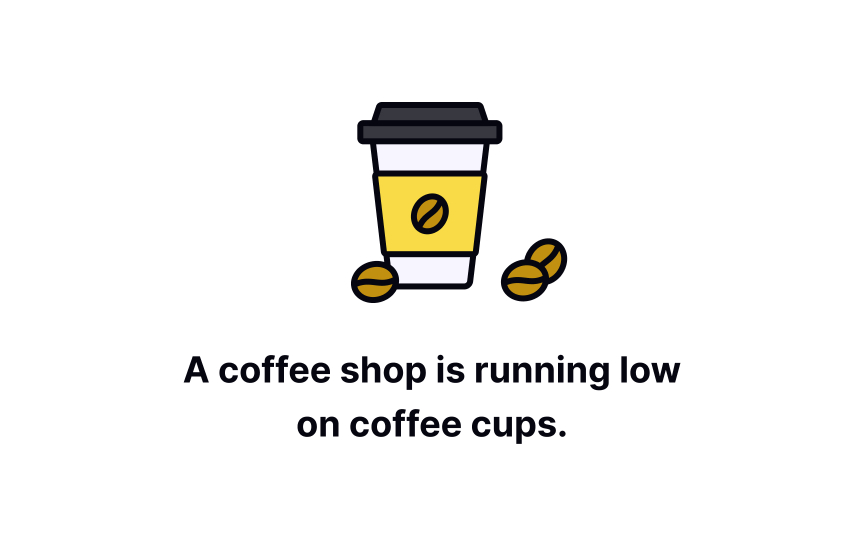Octopus clustering
Octopus clustering is a quick and easy method to sort and cluster large amounts of ideas, insights, or data using sticky notes. It is a group activity where everyone gets to know the ideas and shares ownership of them.
Here are the steps to use the octopus clustering method:
- Gather sticky notes and markers, and designate a wall or large board as the sorting area.
- Make people stand in clear rows in front of the wall of sticky notes. The number of rows and people per row depends on the size of the group and the amount of material to be sorted.
- Start with the front row actively sorting the notes, while the second row advises and other rows have various support functions. Remind them to watch out for “orphans” (sticky notes with no relation to the others) and break up clusters that are too big.
- Every 30 seconds, the front row moves to the back, and everyone steps forward into a new role. This rotation continues until all the notes are sorted.
- After a few cycles, the notes should be sorted into clusters. Review the clusters as a group and discuss any insights or overarching structure that emerges.
Suppose a team is working on a project to improve customer experience in a retail store. The team has generated numerous ideas, feedback, and insights from customer interviews, surveys, and other research. They may then use octopus clustering to sort ideas under different arms of the octopus, such as "store layout," "checkout process," "product display," "customer service," etc. Once the clusters are formed, the team can discuss and rank them based on their potential impact and feasibility.[1]


